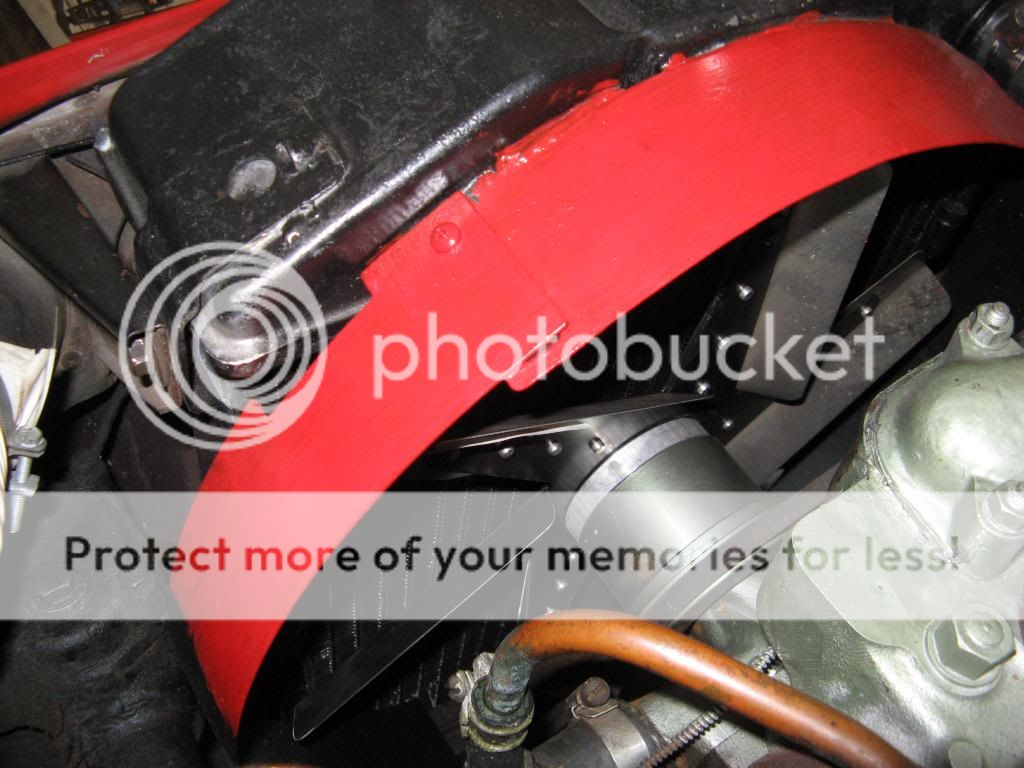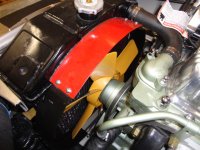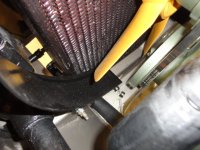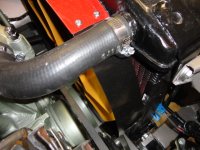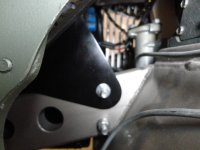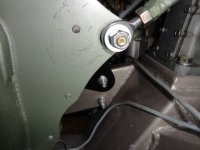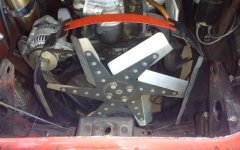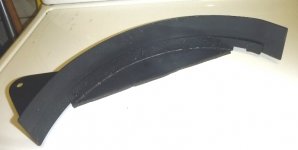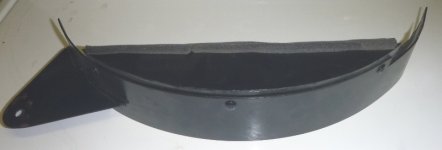Steve/John,
When initially installed, the ambient temperature was relatively temperate and the air coming through the cold air vent was as cool as expected. During the summers hottest days, and when participating in a Memorial Day Parade, I found that again, the temperature was as hot as expected since the ambient temperature was over 90F. Later, when using the blower through varied outside temperatures, I began to note that I was receiving only warm-hot air and decided I must be pulling air from the engine compartment and not from outside. As a test, I attached a piece of drier vent duct to an interior side of the grill and loosely attached it to the screen of the cold air duct with tape. This test indicated that, as initially thought, air was being pulled from the nearby area radiated by the radiator and possibly the engine compartment. My preliminary conclusion was drawn as the result of experiencing cooler then previous temperatures emitted from the cold air vent with the use of the drier duct and, during a short drive, the cooling result was even more dramatic.
John, I can't argue with your results, however, I have found the air exiting the cold air duct, accelerated by the bilge blower, is moving sufficiently fast as not to pick up much of the engine-radiated heat and is most likely being drawn in hot. Without the blower creating the increased air draw, the cold air emanating from vent is both insufficient to pull in the hot air even though its slower movement could give it time to pick up more heat from its pass-through surroundings. My conclusion is that the fan's increased draw is actually and pulling the hot air in.
My next project is to further examine a reasonable way to capitalize on these experiences, however must be postponed for a few months as I am due for an operation on my "throttle" foot. My initial thoughts are two fold, I do not expect that sealing air flow between the engine compartment on the left side of the radiator bulkhead and around the inlet of the cold air duct would be practical or completely possible so moving the air inlet forward, as in the initial experiment, would be the most promising approach. The placement of this inlet must be selected to allow clean cool air to enter the duct, whether stationary or on the move, with the least of alterations that can be easily and quickly reversed to recapture authenticity.
Your thoughts would be appreciated, so that the delivered document can be corrected and extended to meet reader expectations.
Ray (64BJ8P1)

 Hi Guest!
Hi Guest!

 smilie in place of the real @
smilie in place of the real @
 Pretty Please - add it to our Events forum(s) and add to the calendar! >>
Pretty Please - add it to our Events forum(s) and add to the calendar! >> 

